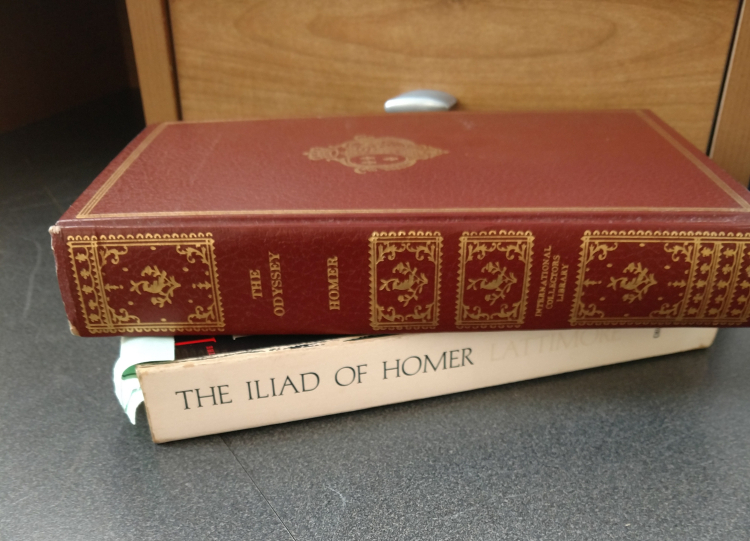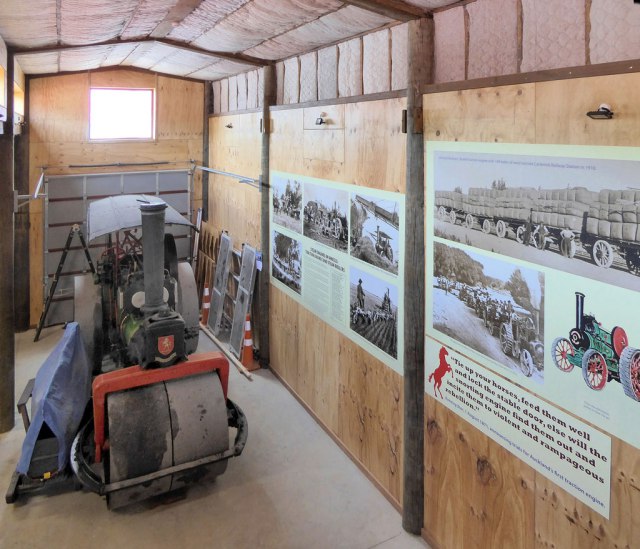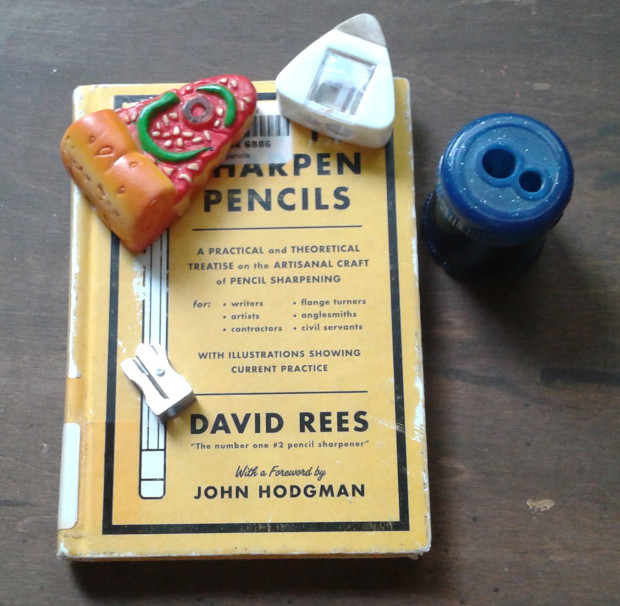
Ever since I started thinking about pencils earlier this summer, pencil related topics keep occurring to me. And as to write with a broken pencil is pointless, what every pencil lover needs is a pencil sharpener.
Pencil sharpeners come in all shapes and sizes and are a popular novelty item but they don’t all sharpen equally well. I pitted a classic hand-crank sharpener against a small single blade wedge sharpener using two identical unsharpened 2H pencils.
Just a note about these vintage pencils, they are called Pedigree by Empire and were made in Canada. The Empire Pencil Company was founded in 1900 and in 1986 purchased the Berol Corporation. It seems odd that you can still buy Berol pencils but it seems they have dropped the Empire brand.
Now for the sharpen-off. First up is the Staedtler 510 27 single hole wedge sharpener. This small metal sharpener was made in Germany and according to the company website is “for standard-sized blacklead pencils up to 8.2 mm with a sharpening angle of 23° for clear and accurate lines”. I like how this sharpener has fluted indents along the side for ergonomic gripping. In my opinion, it is the little design features that really elevate humble tools. It took 39.92 seconds to sharpen the pencil with this sharpener. It created a sharpened point 2.5 cm long and a lovely ruffle shaving.
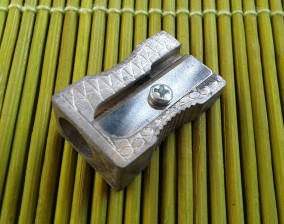
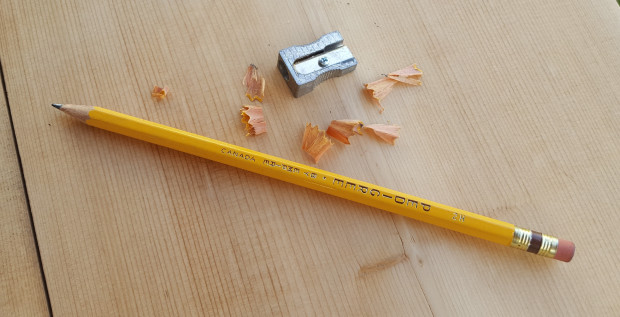
Next up is the Giant Type 3A Cutter Assembly made by the mysterious Apsco Products (Canada) Ltd. of Toronto, Ontario, Canada. While there is still an Apsco company in Scarborough, I couldn’t find out anything about it. It seems like there were many Apsco Giant pencil sharpeners made, some labelled Chicago, others with Los Angeles, California or Rockford, Illinois. This single-burr hand-crank sharpener was found in the basement of a 1950’s era house and would be familiar to many as the type of pencil sharpener attached to classroom walls. It took only 12.75 seconds to sharpen the pencil and left a much longer point (over 4 cm) and a pile of sawdust.
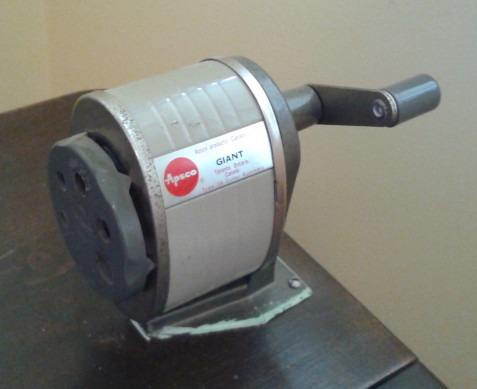
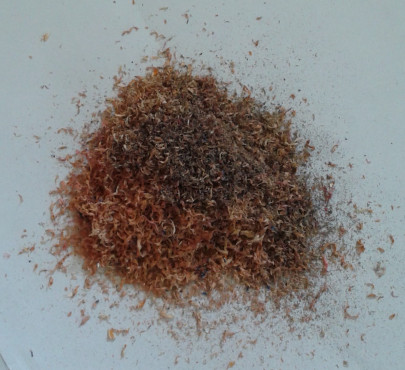
I carried out this experiment with my sister’s assistance in her basement. She had a strong preference for the pencil sharpened with the hand-crank sharpener (well she would, wouldn’t she, it was her sharpener). I am not as convinced of its superiority. The portability and simplicity of the Staedtler is appealing to me and I can’t really discern a difference in writing between the two pencils.

If you truly want to learn more about pencil sharpening I suggest you read How to Sharpen Pencils: A Practical and Theoretical Treatise on the Artisanal Craft of Pencil Sharpening, for Writers, Artists, Contractors, Flange Turners, Anglesmiths, and Civil Servants, With Illustrations Showing Current Practice by David Rees. It may seem hard to imagine how you can stretch this topic into an entire book and even the author seems to be reaching a bit by the end. If you are little bit interested but don’t really want to read the book you can watch a short film of him expounding on artisanal pencil sharpening (CLICK HERE). Please note that what he calls a #2 pencil is what the rest of the world calls a HB. Make sure you watch right to the end of the credits where he expresses my opinion on mechanical pencils perfectly. According to the CBC, he gave up his pencil sharpening business over a year ago. (April 2016)
If a pencil sharpener was a person, they wouldn’t have any tolerance for either personal sloppiness or fuzzy thinking. They would get right to the point and demand you shape up immediately.
Advertisements Share this:


